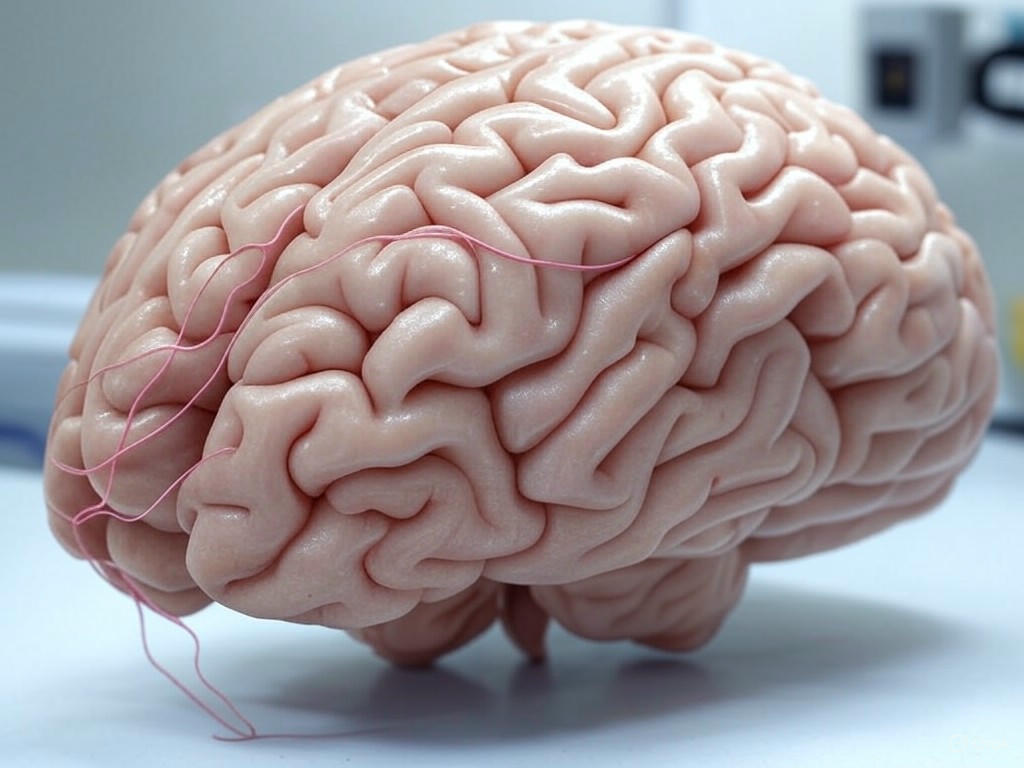Brain Cell Breakthrough: Rewriting the Textbook on Axon Structure
For over a century, scientists believed they had a clear picture of how brain cells, specifically their axons, were structured. These long, slender projections of neurons were thought to resemble straight, uniform cables, faithfully transmitting electrical signals across the brain. However, a groundbreaking study has turned this long-held belief on its head, revealing a startling new perspective on axon morphology that could reshape our understanding of neuroscience. This discovery, made by a team of dedicated researchers, suggests that the traditional diagrams in biology textbooks are due for a significant update.
Far from the smooth, linear pathways once imagined, axons have now been observed to take on a far more intricate form. Under advanced imaging techniques, these cellular extensions appear more like a string of pearls, with periodic swellings or beads along their length. This unexpected structure challenges the conventional wisdom that axons are merely passive conduits for neural signals. Instead, it hints at a more dynamic role in how information is processed and relayed within the brain. The bead-like formations may influence the speed and efficiency of signal transmission, potentially playing a critical part in how neurons communicate with one another. This revelation opens up a host of questions about brain function, from how memories are formed to how neurological disorders develop.
The implications of this discovery are vast and exciting. For students and educators, it means that the classic illustrations of neurons in textbooks no longer reflect the latest scientific understanding. Neuroscience curricula may need to be revised to incorporate this pearl-string model of axons, ensuring that future generations of scientists are equipped with the most accurate knowledge. Beyond education, this finding could have profound effects on medical research. Understanding the true structure of axons may provide new insights into conditions like multiple sclerosis, where axon damage disrupts neural communication. It could also inspire innovative approaches to studying brain injuries or developing treatments for neurodegenerative diseases.
Moreover, this discovery underscores the importance of technological advancements in science. Without cutting-edge microscopy and imaging tools, the subtle, beaded nature of axons might have remained hidden. It serves as a reminder that even well-established scientific concepts must be revisited and tested as new methods emerge. The researchers behind this study hope their work will inspire others to question long-standing assumptions in biology and beyond, fostering a spirit of curiosity and innovation.
As we stand on the brink of this neuroscientific revolution, one thing is clear: our understanding of the brain, the most complex organ in the human body, is far from complete. Each discovery, like this reimagining of axon structure, brings us closer to unraveling the mysteries of the mind. While textbooks are rewritten and new theories are formed, the journey to fully comprehend the brain’s intricacies continues, promising a future filled with even more astonishing revelations.


